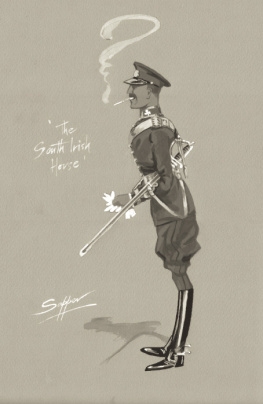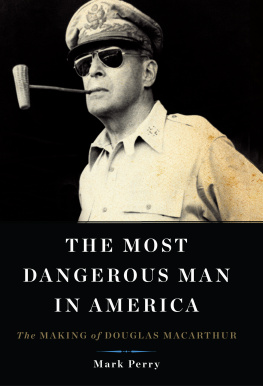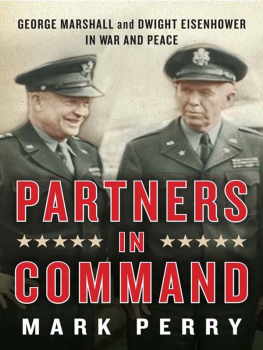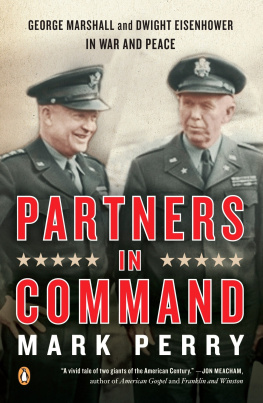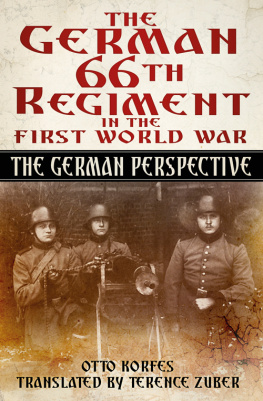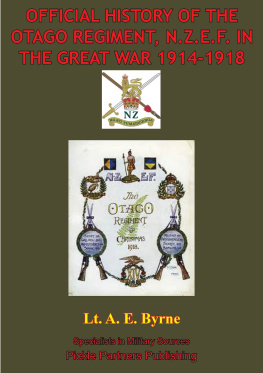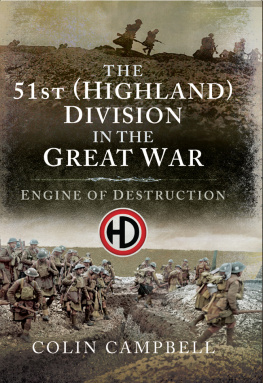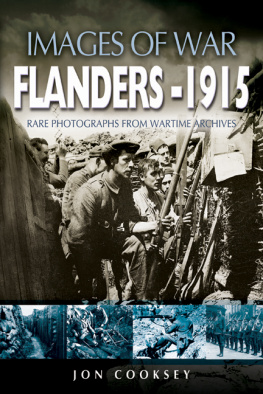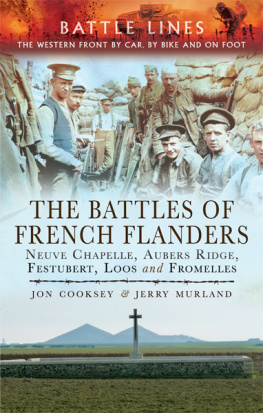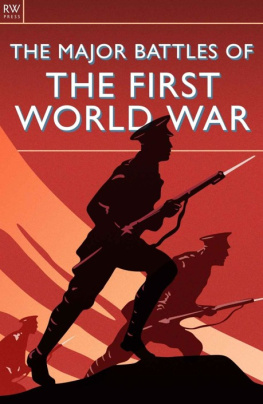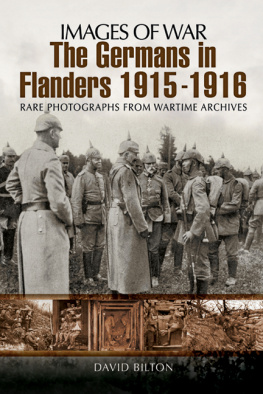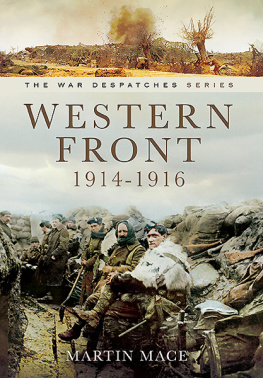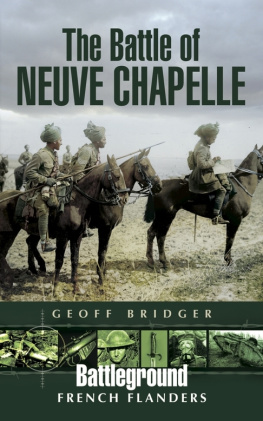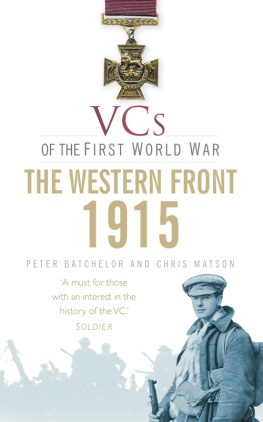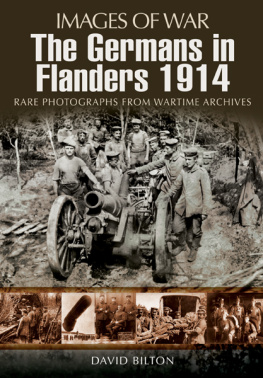The South Irish Horse in the Great War

Cartoon of South Irish Horse Officer dressed circa 1908 by Adrian Wynne-Morgan.
The South Irish Horse in the Great War
Loos, Somme 1916 & 1918, Albert 1916,
St Quentin, Rosires, Avre, Ypres 1918,
Courtrai, France and Flanders 19151918
A Brief History
Mark Perry
First published in Great Britain in 2018
by Pen & Sword Military
An imprint of Pen & Sword Books Limited
47 Church Street Barnsley
South Yorkshire
S70 2AS
Copyright Mark Perry 2018
ISBN 978 1 52673 695 6
eISBN 978 1 52673 696 3
Mobi ISBN 978 1 52673 697 0
The right of Mark Perry to be identified as Author of this Work has been asserted by him in accordance with the Copyright, Designs and Patents Act 1988.
A CIP catalogue record for this book is available from the British Library
All rights reserved. No part of this book may be reproduced or transmitted in any form or by any means, electronic or mechanical including photocopying, recording or by any information storage and retrieval system, without permission from the Publisher in writing.
by TJ International Ltd, Padstow, Cornwall
Pen & Sword Books Limited incorporates the imprints of Atlas, Archaeology, Aviation, Discovery, Family History, Fiction, History, Maritime, Military, Military Classics, Politics, Select, Transport, True Crime, Air World, Frontline Publishing, Leo Cooper, Remember When, Seaforth Publishing, The Praetorian Press, Wharncliffe Local History, Wharncliffe Transport, Wharncliffe True Crime and White Owl.
For a complete list of Pen & Sword titles please contact
PEN & SWORD BOOKS LIMITED
47 Church Street, Barnsley, South Yorkshire, S70 2AS, England
E-mail:
Website: www.pen-and-sword.co.uk
List of Illustrations
Caricature of an officer of the South Irish Horse dressed circa 1908
Regimental Crest Illustration by Mark Ayling
Movement of S Squadron, 21 August6 September 1914
Movement of S Squadron, 5 September 191413 April 1915
Locations of A Squadron, 19151916
Locations of B Squadron, 19151916
Locations of C and E Squadrons, 19151916
Locations of 1st South Irish Horse, 19161917
Locations of 2nd South Irish Horse, 19161917
Attack on Gird Trench and Gueudecourt Village, 26 September 1916 (Map based on 21st Division Divisional Diaries)
Locations of 7th (South Irish Horse) Bn Royal Irish Regiment, September 1917April 1918
Dispositions of Battalion prior to German attack at Ronssoy on 21 March 1918 (Based on 49 Brigade War Diaries)
Outline of German attack at Ronssoy on 21 March 1918 (Based on 49 Brigade War Diaries)
Acknowledgements
I would like to take this opportunity to thank the many people who have assisted me throughout this project. It would be safe to say that without their assistance this book would never have been completed.
To the Marquis and Marchioness of Waterford for their time, for allowing me to research the 6th Marquis of Waterfords papers and the use of various photos throughout the book, without which I could not have hoped to fill in the many blanks and for kindly agreeing to produce a foreword for the book.
To Julian Walton and Marianna Lorenc for facilitating my research at Curraghmore House.
To the late Patsy Gregan for all his kindness and support during my research.
To Marcus de la Poer Beresford, 7th Baron Decies, for his time and direction relating to the 5th Baron Decies and for agreeing to provide a foreword to this book.
To Mr Billy (William) Good for all his help and assistance and for his kind permission for the use of his fathers extensive photographic collection.
To Adrian Wynn-Morgan for the use of the Caricature.
To Mark Ayling for the sketch of the Regimental crest.
To Peter and Patricia Jeffares, who provided the background and memories of Trooper John Honner.
To the Jestin family, who provided me with coffee, biscuits and an insight into the Jestin brothers, and who kindly gave me permission to use their photographs.
To Jack and Barbara OConnell of Schull Books, who encouraged me to complete this work.
To Jean Prendergast, who has fed me snippets and press cuttings relating to the men of Cork and the South Irish Horse throughout the past three or so years.
To Rosemary Walsh and her family for the introductions, time, information and pictures.
To the Rice Family for their kind provision of a treasured family photograph.
To Tom Burnell for help, assistance and his War Dead database.
To Sally Tyas and the Tickhill History Society for their work on my behalf.
To the National Library of Ireland for Trooper Allens diaries.
To Mr Ken Tucker for allowing me access to his fathers service records.
To Mr Bryan Love for his help and assistance with Thomas Fletcher and for the use of family photographs and letters.
To Ms Kathy Davis for the use of the photo of Samuel Leahys grave.
To the staff at the National Archives, Kew.
To the staff at Carlow Military Museum.
To the staff of Tipperary County Museum for their help in retrieving photos and their permission for me to use them.
To Ms Sally Finn-Kelcey for her help, not only in producing this book, but also her papers relating to George McDonald, her grandfather, sight of which filled in many blanks.
To Henry Wilson and Matt Jones and all the editorial staff at Pen and Sword Books, thank you for taking on this subject.
To my editor, Richard Doherty, for all his time, help and support.
To my great friend Canon Mark Hayden, who accompanied me to France and Flanders, for all his help throughout this project, at times being more proactive than me, for his introductions and contacts and, above all, his support and advice.
To my parents Keith and Judy for their editing and support.
To my wife and family. To Majella for your love and constant encouragement even when I was doubting the project, for giving me the time and support to complete the book and just for being there. To my children, thank you for all your love and patience during this time.
Every effort has been made to ensure that no copyright infringements have occurred, but should anyone feel that they have not been acknowledged they should contact the publisher and future editions will be amended.
Foreword
By the Marquis of Waterford
It has been over 100 years since my great-grandfather, Henry de la Poer Beresford, 6th Marquis of Waterford KP, was asked to raise the South of Ireland Imperial Yeomanry (SIIY) by the then Commander-in-Chief, Ireland, His Royal Highness the Duke of Connaught. A former officer in the Royal Horse Guards, a keen and skilled horseman, the Marquis was the perfect choice to head the first yeomanry regiment to be raised in Ireland since the last yeomanry was disbanded in 1834. Both he and the Marchioness used all their personal influence and persuasion to ensure that this new yeomanry regiment would represent its individuality and true Irishness through both the uniform and the membership. The early years of the SIIY saw them grow from two squadrons in 1903 to four almost fully subscribed squadrons in 1908. When the regiment was reorganized and renamed the South Irish Horse, the Marquis strongly fought for his regiment to retain its individuality and become a special reserve of cavalry regiment, in its own right. His determination to ensure that the South Irish Horse kept its distinctive green uniform, status and Irishness, against the desires of the War Office, is a testament to his commitment to the regiment. The sad and sudden death of the Marquis in December 1911 was a great blow to the regiment and, of course, my family. However, the time he had spent putting in place a strong cadre of officers and non-commissioned officers, together with excellent training of the men, gave the regiment a strong foundation on which to continue to thrive after his passing.

